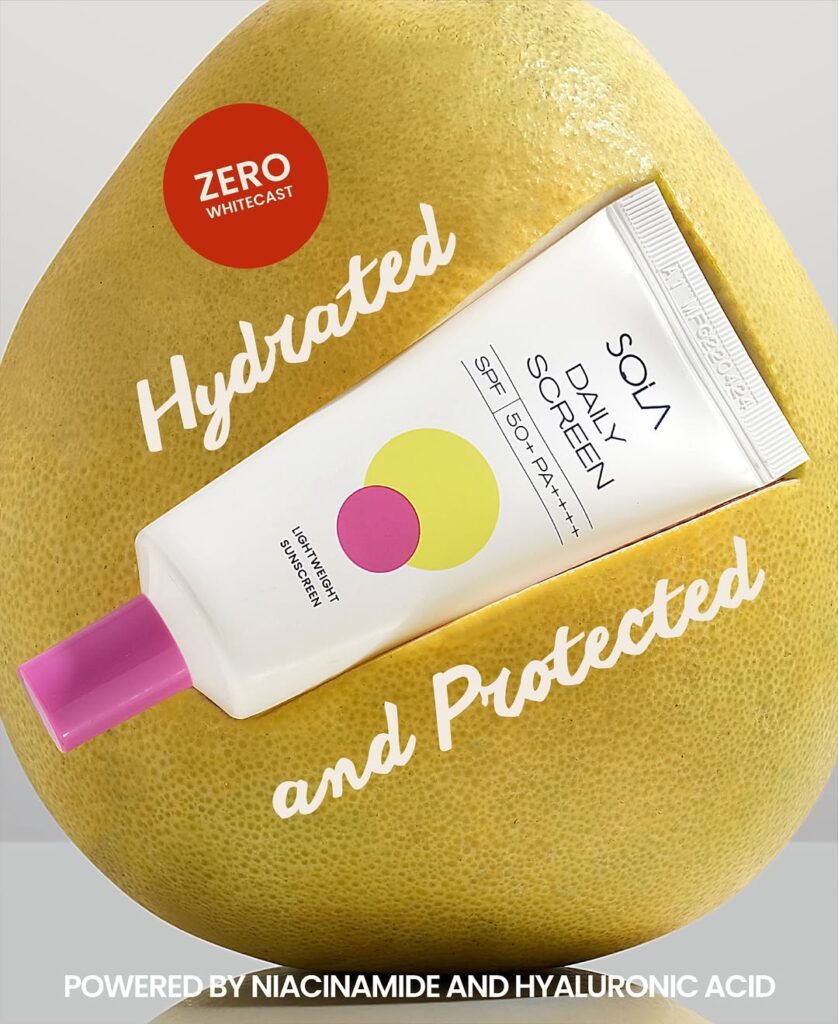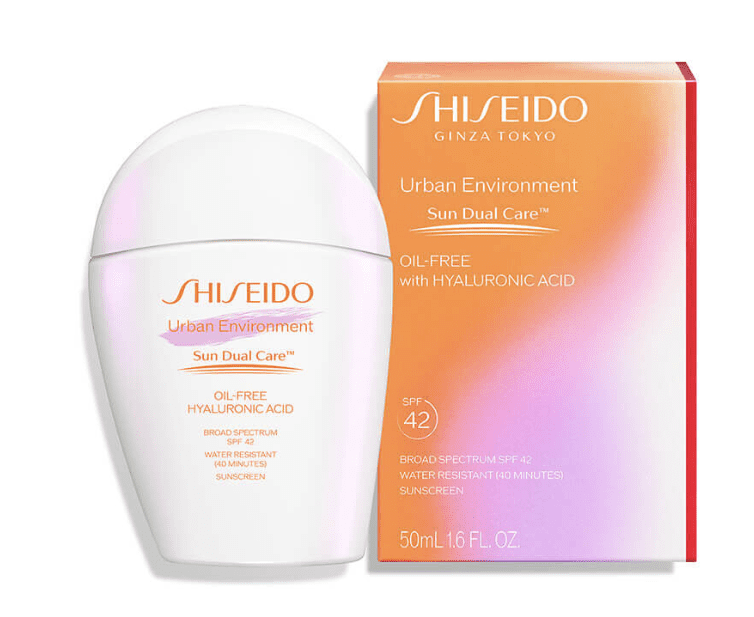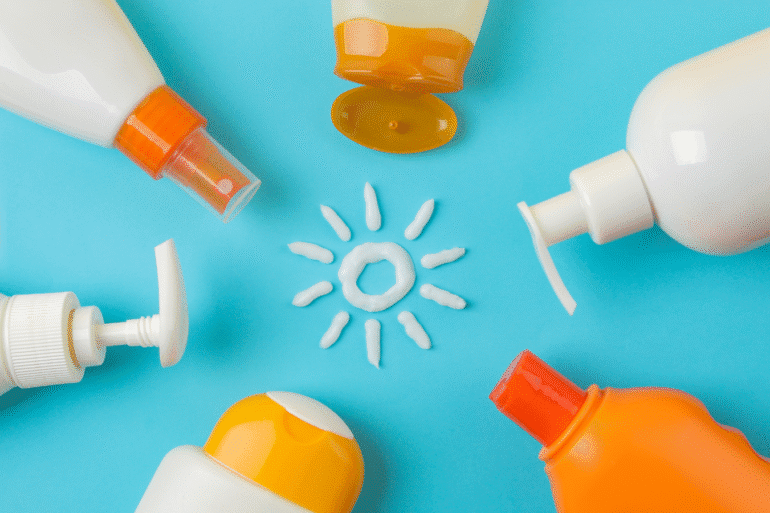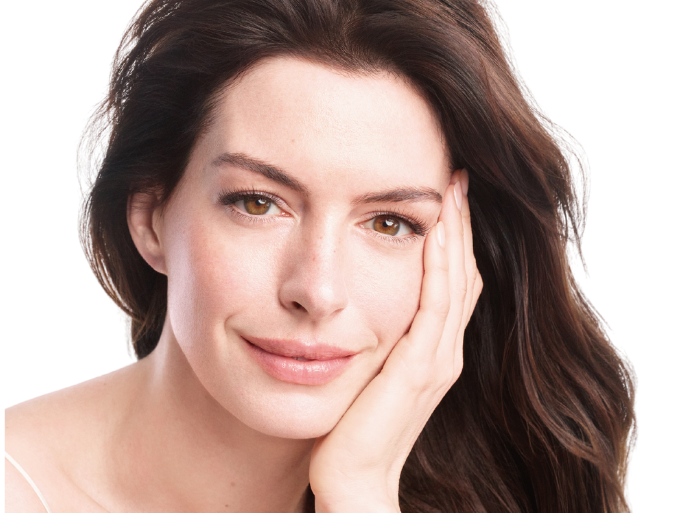A quick guide to understanding sunscreen. What works, what doesn’t, and what you really need.
If there’s one skincare step that truly makes a difference in the long run, it’s sunscreen. Anyone serious about skincare knows that daily sun protection should be non-negotiable—365 days a year.
Wearing sunscreen consistently is one of the most effective ways to protect your skin from premature aging and serious health risks. Many people mistakenly think it’s only necessary on beach days or during the summer. But the truth is, harmful UV rays are present year-round, no matter the season or weather.
So where do you start when it comes to decoding the rules of sun protection? We could all use a refresher on how much sunscreen to apply, why it matters, and which suncare-meets-skincare formulas are worth adding to your routine.
What does SPF mean?

SPF, or Sun Protection Factor, measures how well a sunscreen protects your skin from UVB rays—the ones responsible for surface-level burns. But UV rays come in two main types: UVA and UVB.
An easy way to remember:
UVA = Aging (these rays penetrate deeper, causing premature aging and wrinkles)
UVB = Burning (these cause sunburns and can lead to skin cancer)
SPF numbers explained
SPF indicates how much longer you can stay in the sun with protection than without. For example, SPF 30 means you can theoretically stay in the sun 30 times longer than you could without sunscreen.
But in reality, most people don’t apply enough, and sunscreen gets worn away by sweat, water, and friction—so it’s not a free pass for all-day sun exposure. When in doubt, apply generously and reapply often.
Related story: The sticky truth about mouth taping—the new bedtime obsession
Related story: Hailey Bieber just sold her beauty brand Rhode for $1 billion
How much sunscreen should you use on your face?

You’ve likely heard of the “two-finger rule”—a simple guideline for how much sunscreen to use. Aim for a nickel-sized amount for your face and neck, or roughly two fingers’ length of product.
This ensures you’re getting the level of protection stated on the label, no matter the season, formula, or location.
How does sunscreen fit into your skincare routine?
Order matters. In the morning, sunscreen should be the last step in your skincare routine—but applied before makeup or moisturizer (unless you’re using a moisturizer with SPF). Whether you’re lounging at the beach, running errands, or skiing in the Alps—it’s sunscreen first, always.
When should you use sunscreen?
Unless it’s nighttime and you’re in bed, the answer is: now.
The sun emits UV rays all year long—even on cloudy days and during winter. While you may not feel a burn in colder months, damage is still happening below the surface, including DNA damage that can lead to skin cancer.
Related story: How to achieve the clean girl aesthetic
Related story: Summer skin problems? Here’s what you need to refresh your beauty routine
UVB rays are strongest from 10 a.m. to 4 p.m., while UVA rays are constant throughout the day and penetrate deeper into the skin. And yes, UVA rays can pass through glass—so if you’re sitting near a window, you still need protection.
Also worth noting: digital screens emit blue light, which can contribute to skin stress and hyperpigmentation. Some sunscreens now include ingredients that help shield your skin from these rays, too.
Our top picks
Want to build a better sunscreen habit? These dermatologist-approved formulas are ideal for every skin type and concern:
Nature Republic Aloe Fresh Powdery Sun Stick SPF 50+ PA++++

This sun stick combines powerful UV protection with deep hydration. Thanks to aloe vera extract, it soothes irritation and locks in moisture. Bonus: the transparent, powdery texture makes it perfect for reapplying under—or over—makeup.
Sola Daily Screen SPF 50+ PA++++

Looking for a lightweight, barely-there formula? This one is it. Infused with Korean black ginseng, it hydrates and brightens over time. It glides on smooth, leaves no white cast, and layers seamlessly under makeup for a healthy, glowy finish.
Shiseido Urban Environment Vita-Clear Sunscreen

This ultra-light sunscreen does more than just protect—it also treats. With Vitamin C to fight dullness and dark spots, and hyaluronic acid to boost hydration, it’s a multitasking hero. No white cast, no fuss—just luminous, protected skin.
Related story: Your hair needs a skincare routine, too!
Related story: 7 K-beauty products you’ll want in your routine this year
Related story: How to sweat-proof your makeup and stay glam in the summer heat







